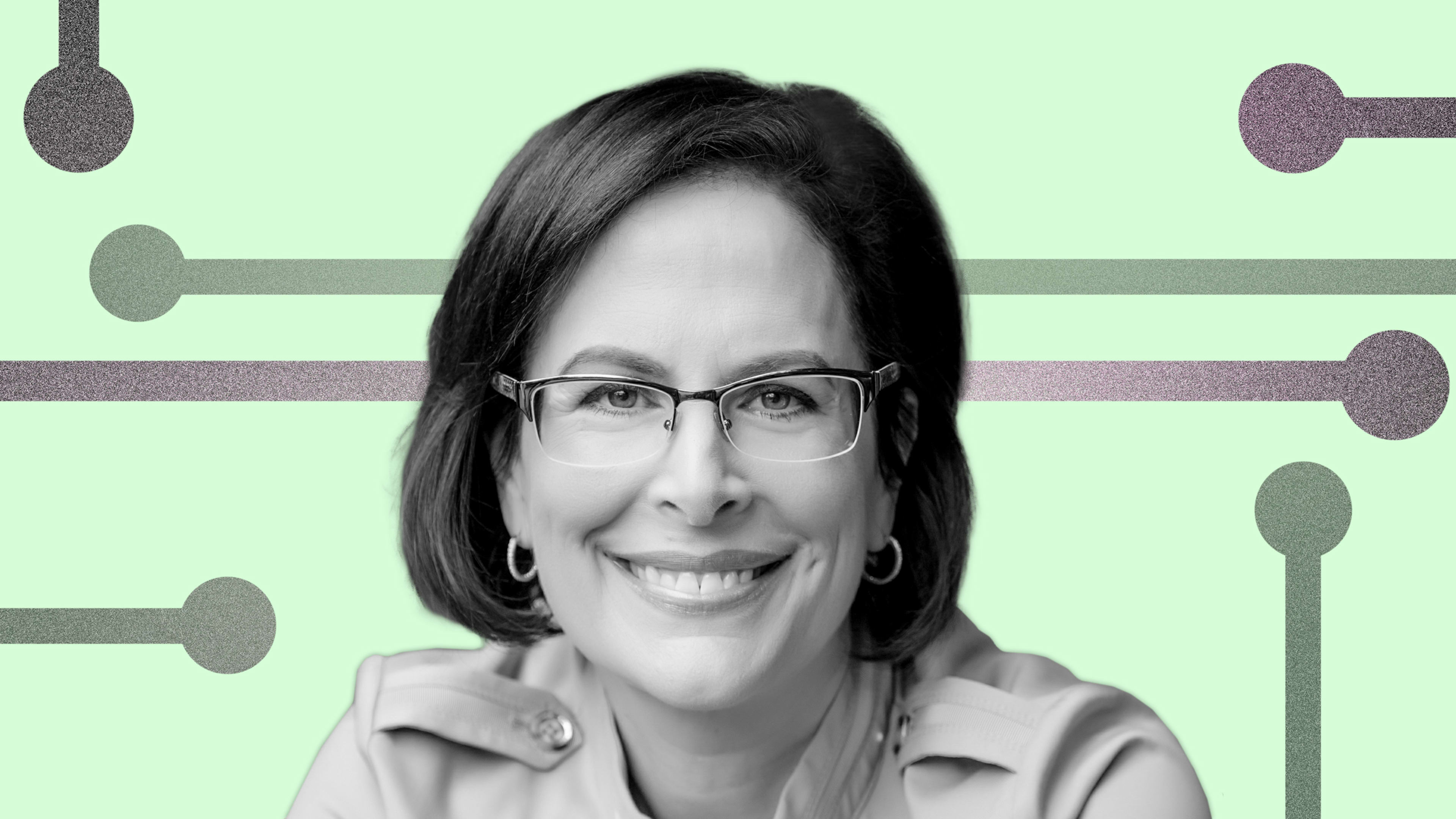AI is the defining technology of our time, creating a massive paradigm shift that will transform the way we work with even greater impact than the introduction of the PC. Where we once had a bold vision of “a computer on every desk and in every home” today, we want to put “a copilot in the pocket of every person.”
Of course, the impact of AI also comes with challenges. We must address real concerns about job loss, algorithmic bias, and organizations’ abilities to skill quickly. But ultimately, I believe AI holds too much promise to take a wait-and-see approach.
Leaders need to create the right environment for AI to gain positive traction. It’s going to require preparation and an intentional approach, so these new AI tools not only help employees be more productive, but also help them thrive. I recommend focusing on these three things to realize these benefits more quickly: fostering an agility-based culture, reimagining how we work, and investing in deeper human skills.
Fostering an agility-based culture
To make the most out of the promise of AI, teams must be agile.
Even for companies who have been using AI internally for years for data analysis, predictive modeling, and task automation, generative AI represents a significant shift. By being able to understand human language, navigate a vast amount of documented knowledge, and create content, employees across more functions can now use these AI tools.
An agility-based culture will also accelerate the ability for organizations to establish the broader foundation and best practices needed for driving value with AI. I believe fostering that kind of culture in the era of AI means embracing adaptive leadership and leaders must be willing to lean into the unknown.
Reimagine ways of working
Advances in robotic automation in the 1980s and ’90s doubled manufacturing productivity. This was achieved not by just giving workers more efficient tools—companies achieved the full value of robotic automation by rethinking production techniques and redesigning workflows to optimize processes between people and machines.
Similarly, getting the full value out of AI adoption requires leaders to reimagine how work gets done. This begins with deconstructing jobs into smaller tasks to determine what AI can do as well as or better than humans. In addition to automating some of the repetitive or tedious work tasks, we need to determine where AI can assist employees with more complex and nuanced tasks, such as researching, writing, and analyzing.
The idea is for leaders to use this time to not just automate processes but reimagine processes with AI for new ways of working. This will ultimately help people work smarter, not harder, giving them energy back and uncovering more meaningful and satisfying work.
Focus on the human skills
Generative AI has been trained in most of the human languages, so anyone can use it. But just as with any new technology, giving people new tools without the skills to use them is not enough.
And while it may seem counterintuitive, human skills are as important as technical skills to use AI effectively. This includes analytical judgment, flexibility, emotional intelligence, creative evaluation, intellectual curiosity, bias detection and handling, and the ability to delegate tasks.
In fact, we are now finding that fundamental management skills are key to tap into the full potential of an AI copilot. Just like delegating to a human employee, collaborating with a copilot requires the ability to clearly communicate, set context and parameters, define expectations, analyze results, and provide feedback.
A good place to start is to develop AI skills trainings and hands-on experimentation by discipline. As we move from AI on autopilot to AI as copilot, it’s imperative for people to still act as the pilot, evaluating the output they are getting from AI tools with a critical lens. This includes things like verifying accuracy and assessing for bias. Ultimately, the captain of the plane is accountable for landing it successfully.
I believe that unlocking the full potential of AI is a leadership imperative. Innovations in AI are happening at a staggering pace. As we navigate AI’s impact on the workplace, organizational leaders must start cultivating the right environment now to make sure no one is left behind. Simply putting AI tools in the hands of employees is not enough. When we foster an agility-based culture, reimagine the ways we work, and build the human skills needed to get the best out of AI, we can help our organizations and employees thrive in this new era.
For me, it is exciting and energizing to be part of this incredible moment in time.
Recognize your brand’s excellence by applying to this year’s Brands That Matter Awards before the final deadline, June 7.
Sign up for Brands That Matter notifications here.
